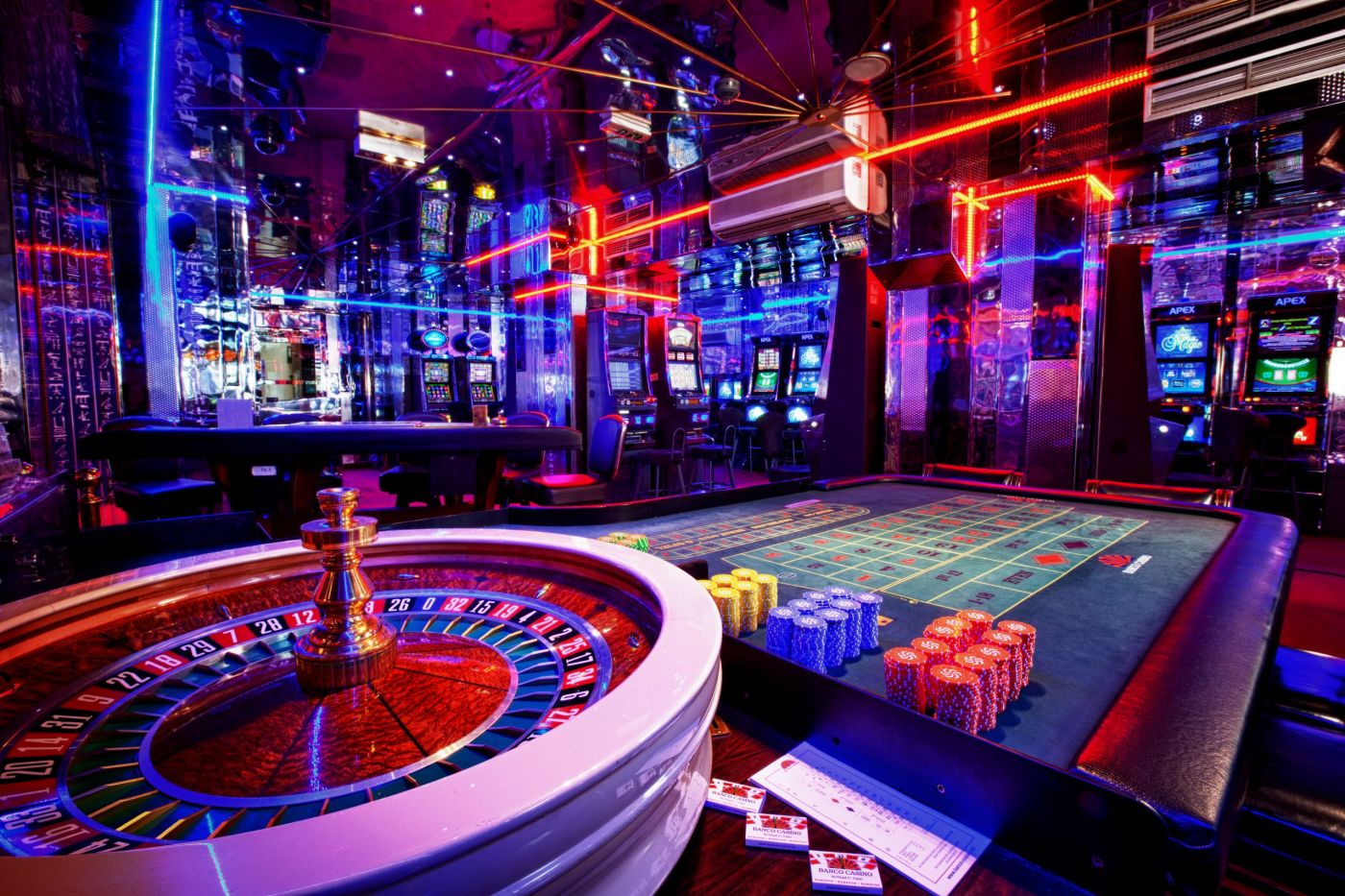
Casino experiences have long captivated the human imagination, drawing gamblers into a world filled with fortune, tactics, and the allure of thrill. Each activity is painstakingly crafted not just for enjoyment, but also to inspire targeted emotional responses that keep participants immersed and invested. 5MB Understanding the drives behind these designs reveals much about how psychology plays a key role in the gaming experience.
From the vivid lights and vibrant sounds to the complex layering of guidelines and rewards, casino games are designed to create an atmosphere of anticipation and expectation. Game designers leverage psychological principles to influence gambler behavior, whether through the use of winning opportunities, almost wins, or community engagement. By examining these factors, we can better appreciate how casino games fulfill not just a desire for entertainment, but more profound psychological needs for adventure and uncertainty.
Understanding Gamer Behavior
Casino games are crafted with a deep comprehension of gamer psychology, which is vital for drawing in and holding players. The excitement of the game, combined with the hope of winning, establishes a formidable allure. Game designers utilize elements like audio cues, dynamic graphics, and engaging gameplay to engage attention and elicit emotional responses. These sensory elements enhance the immersive experience, making players feel more attached in the game.
Another notable aspect of player behavior is the idea of risk versus reward. Casino games often weigh risky situations with the potential for considerable rewards, which can cause the occurrence known as near-miss effect. When players come within reach to winning, the brain produces dopamine, bolstering their behavior and encouraging them to continue playing in quest of that hard-to-reach win. This cycle of wish and letdown plays a critical role in how games are constructed and marketed.
Lastly, community aspects also play a central role in player behavior at casinos. Many games are designed to be played in groups or in company with other players, creating a sense of belonging and shared experience. The social interaction inherent in games like baccarat enhances enjoyment and can result in extended gameplay. Designers leverage on this by crafting environments that prompt players to remain, interact, and revisit, making the overall casino experience more appealing.
The Role of Imagery and Sound
Visuals and sound play a crucial role in enhancing the player’s experience within casino games. Designers utilize bright colors, striking graphics, and engaging animations to grab gambler’s attention and maintain their interest. The use of themes, such as adventure or opulence, helps create an enthralling atmosphere that transports players into a different world. By connecting to the senses, these elements contribute to a heightened emotional response, prompting players to engage more profoundly with the games.
Audio design is equally important in reinforcing the overall experience of gambling games. The mix of ambient music, sound effects for successful combinations, and environmental noises creates an sound landscape that holds players fascinated. Audio cues associated with wins, such as ringing bells or celebratory music, evoke feelings of excitement and reward, prompting players to keep playing. These audio cues are carefully placed to amplify the thrill of the game and create a more engaging experience.
Moreover, the alignment of imagery and audio is crucial for reinforcing the game’s overall theme and atmosphere. Each element should align harmoniously to create a unified experience that pulls players in. The effective use of this integration not only enhances user satisfaction but also increases the chances of return play, as players become more invested in the immersive world that the gambling games offer. This thoughtful combination of imagery and audio ultimately enhances player engagement and loyalty.
Reward Systems and Participation
The creation of casino experiences heavily relies on reward structures to ensure participants engaged and returning for more. These structures are based in behavioral principles that exploit human nature and motivation. Players are often driven by the excitement of winning, which is reinforced by instant feedback through the game’s mechanics. This prompt satisfaction not only improves the overall experience but also cultivates a sense of achievement, encouraging players to continue participating in hopes of bigger rewards.
Casinos adopt various incentive systems, including jackpots, extra rewards, and increased rewards, to engage players. These features create a level of thrill that maintains engagement. Additionally, the unpredictability of results plays a significant role in sustaining interest. The variable reward system, where wins are unpredictable but occur often enough, keeps players on edge and motivated to continue participating. This loop of anticipation and expectation is foundational to the success of gambling experiences.
Moreover, community aspects, such as tournaments and multiplayer features, boost the engagement factor by tapping into the desire to compete of players. The shared experience of playing with fellow participants can amplify the excitement of winning and create a community atmosphere within the gaming space. By combining these social dynamics with efficient incentive structures, gambling experiences not only provide entertainment but also nurture a deeper bond among participants, solidifying their commitment to the overall experience.